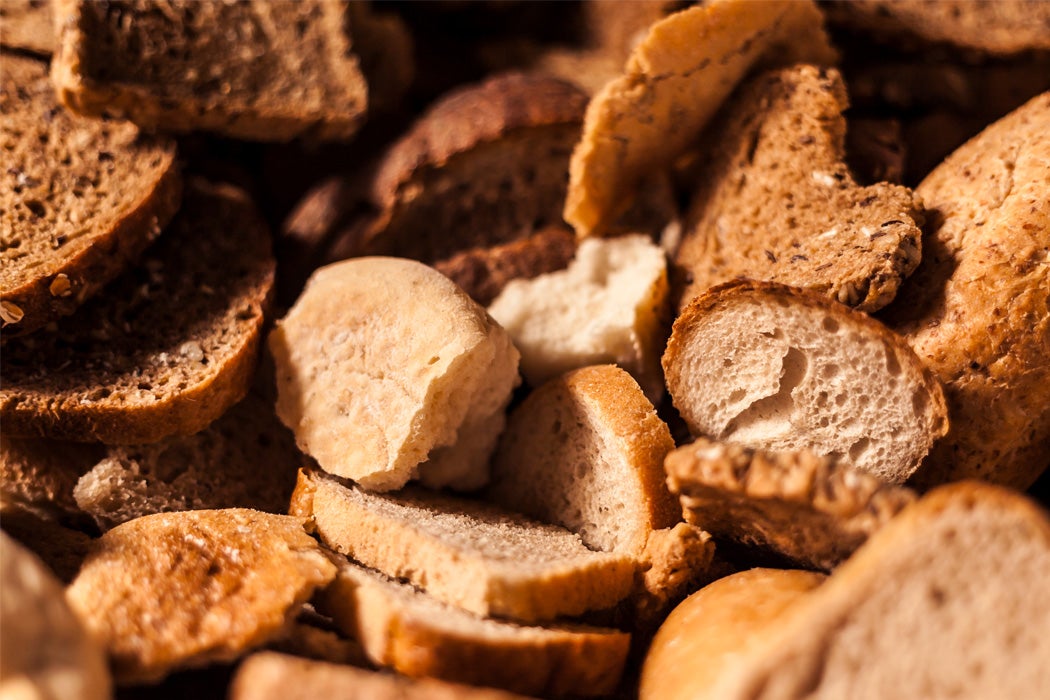Launched by two beer enthusiasts, Brussels Beer Project is known for producing unique artisanal crafts, but one of their signature concoctions is truly special. Named Babylone, it is made from things that typically end up in one’s household trash—like stale bread. Inspired by Brussels Beer Project, New York brewery Toast Ale also started making artisanal concoctions from baked goods that didn’t sell on time from local bakeries or stores. Team Toast, as the brewers call themselves, would tell you that bread is one of the most wasted household food items. Unsold bread adds to the waste—bakeries and retailers toss away day-old loaves and buns—because people prefer fresh bread.
Instead of letting this baked bounty go to waste, both teams collect the leftovers and convert them into unique libations. While this idea may sound radical to some, the concept of brewing with old bread is several thousand years old. In fact, the Brussels’ specialty is called Babylone because it’s based on an over 7,000-year-old custom of fermenting bread into a “divine drink.”
In the ancient Near East, beer and bread were so intimately connected that some modern scholars wondered what skill our ancestors mastered first—brewing or baking. Breweries from Egypt to Mesopotamia made beer by baking dough made from ground germinated cereals—and then placed the loaves and yeast into jars of water, where the maltose sugars would be converted into alcohol.
That ancient tradition persevered, through centuries and through countries. One of the favorite Russian drinks is kvass—a dark, bubbly beverage made with bread, water, yeast and sugar. Kvass, the name of which comes from the Russian word kvasit, meaning ferment, is usually derived from black rye bread, although other recipes exist too.
Weekly Newsletter
Vodka may be perceived as the national drink of Russia, but kvass, which is easy to make and doesn’t need distilling, has long been a traditional beverage. An everyday table item, it often appeared in Russian literature and theater. And while many classically Russian recipes and dishes all but disappeared during the Soviet era, kvass persisted through the tough times, and never fell out of favor. Every day, city trucks delivered wheeled wagons full of the dark aromatic drink to their designated corner locations—to be sold by the glass.
While kvass is made from hard-to-chew leftovers most would consider disposable, it’s known to be quite nutritious—in particular when made from dark, heavy rye. Researchers who studied Russian nutrition in the middle of the twentieth century found that the country’s people did not suffer from vitamin B deficiency—a phenomenon attributed to their diet. Russians citizens ate a lot of buckwheat and black bread, both of which were high in vitamin B. But the additional vitamin B supply came from a homemade mildly fermented kvass. The Brussels and New York bread brewers aren’t only reducing food waste, but truly upcycling, making something useful out of otherwise worthless leftovers.







